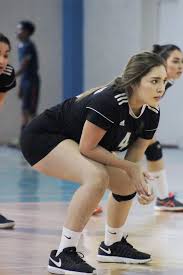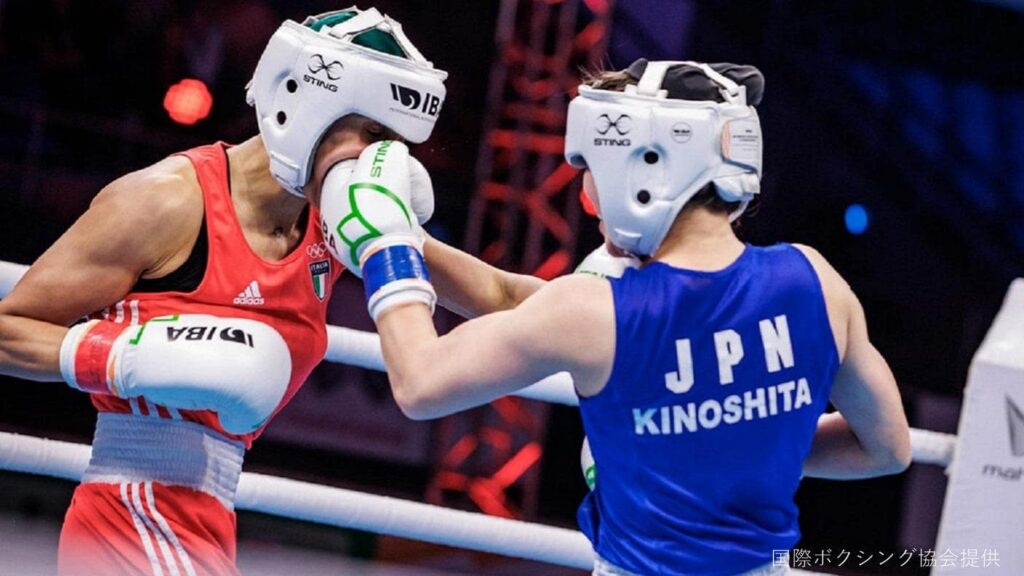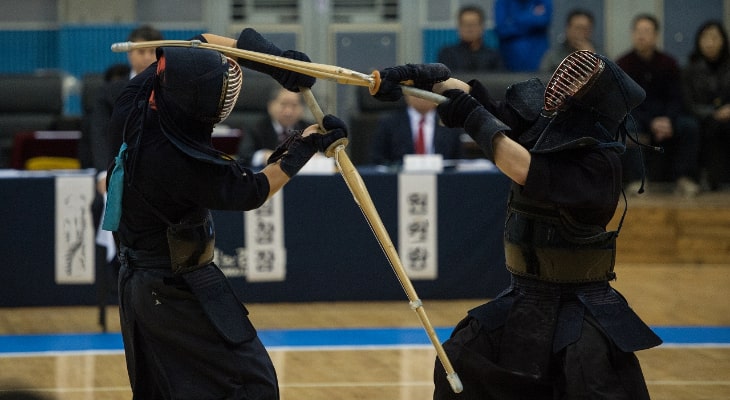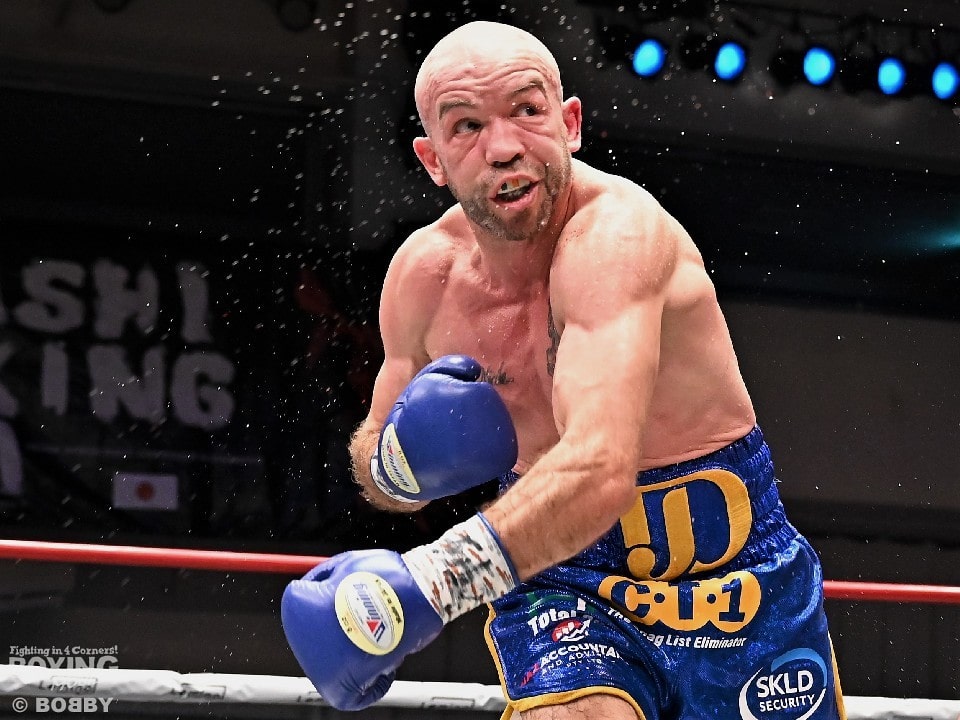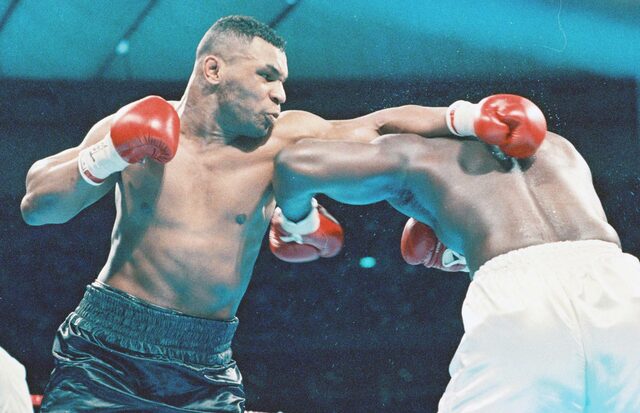
Boxing is not just a martial art. It is the ultimate sport that combines power, speed, endurance, and technique.
In order to win in the ring, boxers must train specific muscle groups thoroughly.
These muscles increase the power of your punches, strengthen your defenses, and allow you to move quickly.
In this article, we will focus on the main muscle groups that should be intensively trained to improve boxing performance, and introduce training methods to effectively strengthen them.
Let’s dig into how boxers should build and maintain their muscles to take their performance to the next level in the ring or to get those beautiful boxer muscles.
目次
- 1 boxer’s muscles are beautiful
- 2 Muscle groups essential for improving boxing performance
- 3 Effective boxing muscle training: from basics to advanced exercises
- 4 Core training for boxers: improving stability and power
- 5 Leg strength training: increase speed and mobility
- 6 Muscle fatigue recovery and maintenance: the secret to long-term performance maintenance
- 7 Get to know the muscles you need to train in boxing and how to train them to get the muscles of a boxer! summary of
boxer’s muscles are beautiful
A boxer’s muscles are simply beautiful, with well-defined abs (six packs), a toned but strong upper body, and well-trained legs.
However, a boxer’s muscles form an essential element not only for their beauty but also for their technique and performance.
The explosive power, stamina, and incredible balance that they display in the ring come from muscles honed through rigorous training and dedication.
A boxer’s unique muscles aren’t just strong, they’re designed to optimize movement and maximize the power of his punches.
These beautiful muscle groups embody the physical and aesthetic demands of the sport of boxing, and each exists to support a boxer’s skill set and transform their body into the ultimate fighter.
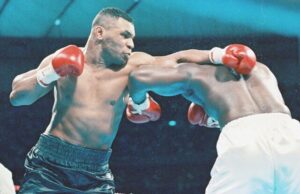
Muscle groups essential for improving boxing performance
Boxing is a sport that uses the whole body, and in order to maximize performance in the ring, it is necessary to effectively train specific muscle groups.
Here are the muscle groups that boxers should pay special attention to and their importance.
1. Shoulder and arm muscles
- Deltoid muscles : Required to generate force and speed for punches. It affects the explosive power you have when throwing punches and the stamina you have to keep your arms raised during long matches.
- Biceps and Triceps : These muscles increase the speed and power of your punches, as well as the accuracy of your strikes.
2. Chest muscles
- Pectoralis major : Supports powerful punches and provides the force to propel the arm forward. It also provides support when moving the arm during defense.
3. Back muscles
- Latissimus dorsi and rhomboids : Act as pullers for the punch and help recover punching speed. It also helps absorb shock when struck.
4. Core muscles
- Rectus abdominis, obliques, and transverse abdominis : The core muscles are the foundation of every movement in boxing. Transfers the power of the punch from the lower body to the upper body, maintaining balance and stability.
5. Lower body muscles
- Quadriceps, Hamstrings, and Calf Muscles : A strong lower body is essential for quick footwork, evasive movements, and power in the ring. It also helps improve stamina and endurance.
By training these muscle groups in a balanced manner, boxers can increase the speed and power of their punches, strengthen their defensive techniques, and increase their endurance and mobility in the ring.
Systematically strengthening these muscle groups through an effective training program is the key to taking your boxing performance to the next level.

Effective boxing muscle training: from basics to advanced exercises
Strength training is essential to improving boxing performance.
Effective boxing training doesn’t just increase muscle size; it also aims to improve punching power, speed, endurance, and overall body coordination.
Here, we will introduce a training method that covers everything from the basics to advanced muscle training in boxing.
basic muscle training exercises
- Push-ups : A basic exercise that strengthens the muscles of your arms, chest, and shoulders. Adding variations allows you to focus on different muscle groups.
- Squat : An essential exercise for strengthening your lower body. Helps improve power and balance.
- Plank : An exercise to improve core stability and strength. Trains the muscles of the whole body evenly.
applied training
- Weight training with barbells and dumbbells : Weight training, such as deadlifts, bench presses, and shoulder presses, can significantly improve strength and power.
- Explosive Training : Training to create explosive force, such as box jumps and medicine ball throws.
- Circuit Training : A training method that involves performing a series of short, high-intensity exercises to simultaneously improve endurance and strength.
training tips
- Full body training : Boxing is a sport that uses the whole body, so it is important to train the whole body in a well-balanced manner.
- Focus on muscle recovery : Proper rest and recovery are necessary to maximize the effects of strength training. Overtraining can be counterproductive.
- Nutrition and hydration : Proper nutrition and hydration are essential to support effective muscle training. In particular, protein intake helps with muscle recovery and growth.
It’s important to keep in mind that effective boxing training is not just about building muscles, but supporting your boxing technique and tactics.
By starting with basic exercises and gradually progressing to advanced training, you will be able to dramatically improve your performance in the ring.
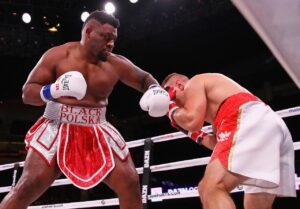
Core training for boxers: improving stability and power
A strong core is essential for maximizing performance in boxing.
Core training not only increases the power of your punches, but also improves your stability, balance, and ability to rotate your body.
Effective core training lays the foundation for a boxer to respond to his opponent’s attacks and launch powerful counters.
The importance of core training
- Source of power : Core muscles play an important role in generating the power of a punch. A strong core helps transfer power from your lower body to your upper body, providing additional power to your punches.
- Balance and Stability : Good core strength is essential for maintaining balance when attacking or defending. This makes your movements more stable and improves the accuracy of your punches.
- Improved rotational power : The effectiveness of punches, especially hooks and uppercuts, relies heavily on body rotation. The reinforced core supports such rotational movements and allows for efficient punching.
effective core training exercises
- Plank : The plank, performed while keeping your body in a straight line, is a basic exercise that improves core stability.
- Russian Twist : Train your core rotation by twisting while seated and moving the weights from side to side.
- Leg raises : Move your legs up and down with your back on the ground to strengthen your rectus abdominis and lower core.
- Medicine Ball Throw : Build explosive core power by powerfully throwing a medicine ball against a wall.
training tips
- Add variety : It’s important to include different exercises to evenly work the different muscles in your core.
- Focus on quality : By following the correct form and focusing on the quality of your exercises, you can expect effective muscle development.
- Consistency : Building core strength is a process that takes time. Continuing regular training will ultimately lead to improved performance.
For boxers, core training is an essential part of success in the ring.
Incorporating these training methods into your daily routine will improve your stability, power, and overall performance.

Leg strength training: increase speed and mobility
Leg strength in boxing directly impacts speed, maneuverability, and overall performance in the ring.
A boxer with strong leg strength will be able to quickly change positions and launch counter attacks while avoiding effective attacks.
This section focuses on strengthening the leg strength required for boxing, and introduces training methods to increase speed and mobility.
Training exercises to strengthen leg strength
- Squats : Start with basic squats and gradually add variations to work your entire leg muscles. You can further increase your strength by using weights.
- Lunges : Lunges, which involve taking large steps back and forth, are effective for training not only your leg muscles but also your sense of balance. By shifting your center of gravity to one leg, you can mimic a motion similar to foot placement on a ring.
- Box Jumps : Improve your leg explosiveness and speed by jumping up onto tall boxes or platforms. You can also train for shock absorption when landing.
- Sprints : Short sprints are great for building leg speed and endurance. Combined with interval training, you will be able to handle short periods of high-speed movement during matches.
Key points of leg strength training
- Balanced training : It is important to train the muscles in the front and back of your legs equally. This reduces the risk of injury and allows for more effective movements.
- Flexibility and Recovery : Along with strength training, we focus on stretching and recovery to keep your muscles flexible and maximize the effectiveness of your training.
- CONTINUOUS CHALLENGE : Leg strength training gradually increases in difficulty to encourage sustained growth. It is important to increase the variety of your training and constantly give your body new stimulation.
Strengthening your legs will improve your performance in everything from basic boxing footwork to advanced attacks and evasions.
With continued effective training, you can significantly increase your speed and maneuverability in the ring.

Muscle fatigue recovery and maintenance: the secret to long-term performance maintenance
Recovery from muscle fatigue and proper maintenance are essential to maintaining long-term performance in boxing.
Rigorous training and competition put a lot of stress on your body, so it’s important to know how to promote muscle recovery and keep your body in optimal condition.
Here we present effective strategies for muscle fatigue recovery and maintenance.
Nutrition to promote recovery
- Adequate protein intake : Post-workout muscle repair requires high-quality protein. Consume protein after your workout to promote muscle recovery and prepare you for your next workout.
- Balanced diet : A balanced diet containing vitamins, minerals, good fats, and carbohydrates supports the body’s overall recovery and health.
effective recovery methods
- Active recovery : Active recovery, which involves light exercise rather than complete rest, is effective in eliminating fatigue and improving blood flow.
- Stretching and flexibility training : Stretching after your workout will keep your muscles flexible and relieve tension. Regular flexibility training reduces the risk of injury and improves performance.
- Adequate rest and sleep : Sleep is one of the most important factors for muscle recovery. Ensuring quality sleep allows you to make the most of your body’s recovery process.
Maintenance and injury prevention
- Regular massage and foam rolling : Massage and foam rolling regularly to relieve muscle tension and improve blood flow.
- Proper warm-up and cool-down : Warming up before training or competitions and cooling down after activities will prevent injury and support recovery.
By increasing awareness of muscle recovery and maintenance, you can maintain and improve long-term performance in boxing training and matches.
Employing a proper recovery strategy and taking good care of your body is the key to sustaining peak performance.

Get to know the muscles you need to train in boxing and how to train them to get the muscles of a boxer! summary of
Strength training in boxing is an essential element for improving performance in the ring.
Proper strength training improves punching power and speed, endurance, balance, and full-body coordination.
Muscle groups to focus on include your shoulders and arms, chest, back, core, and lower body.
By training these muscles in a well-balanced manner, boxers will be able to perform all movements efficiently in the ring.
Effective strength training methods range from basic exercises to weight training, explosive training, and circuit training.
Additionally, core training is essential for increasing the power and balance of your punches, and leg strength training is important for improving speed and mobility.
Furthermore, by recovering from muscle fatigue and performing proper maintenance, it is possible to maintain and improve long-term performance.
Successful strength training in boxing is not just about building muscles, but also about supporting tactical performance.
To achieve this, proper nutrition, effective recovery methods, and injury prevention are essential.
By consistently incorporating these training methods and practicing daily, boxers can maximize their performance in the ring and pave the way to success.
